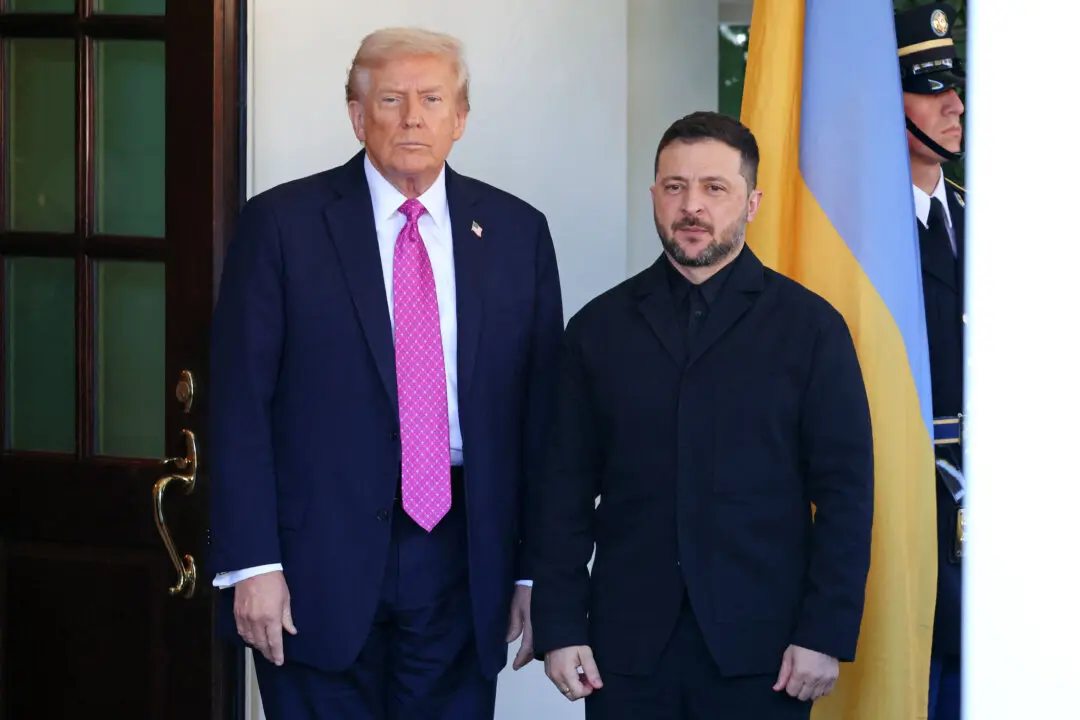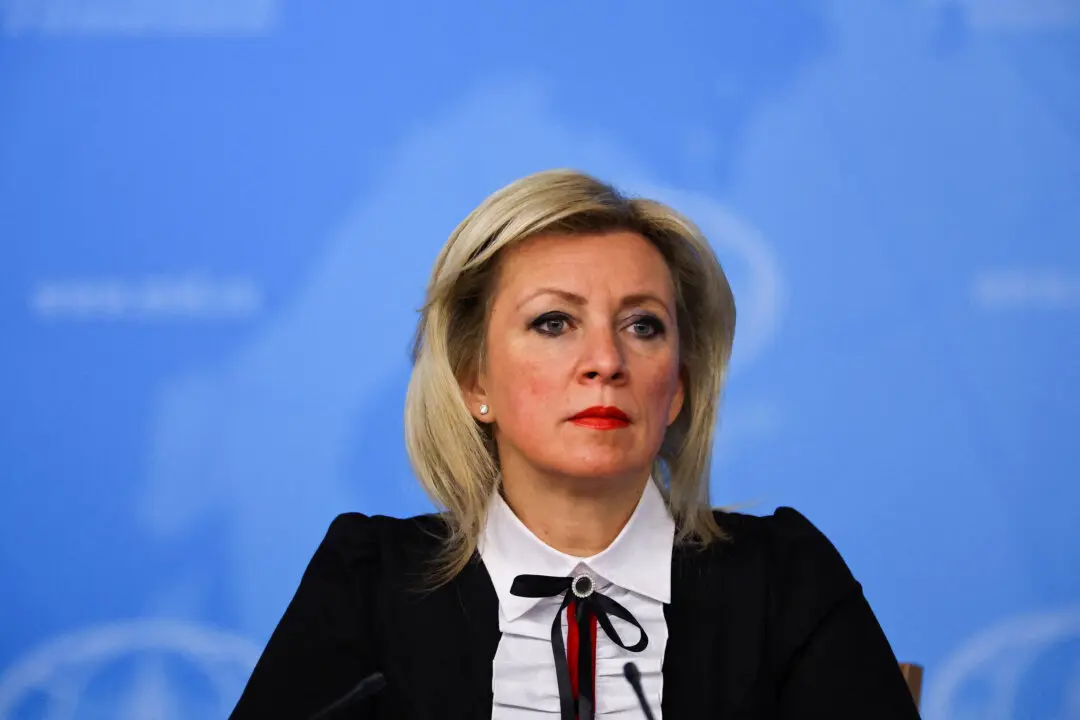Kansas City Federal Reserve President Esther George said in multiple interviews that, despite the risk of a double-dip recession, her baseline case is that the U.S. economy will continue to improve.
“An important risk to that outlook is thinking about what happens as we come into the fall, whether we see any resurgence in the virus that would cause an additional pullback in the economy,” she told CNBC in an interview that aired Aug. 26, adding that Fed officials will be keeping a close eye for signs of that risk materializing.





